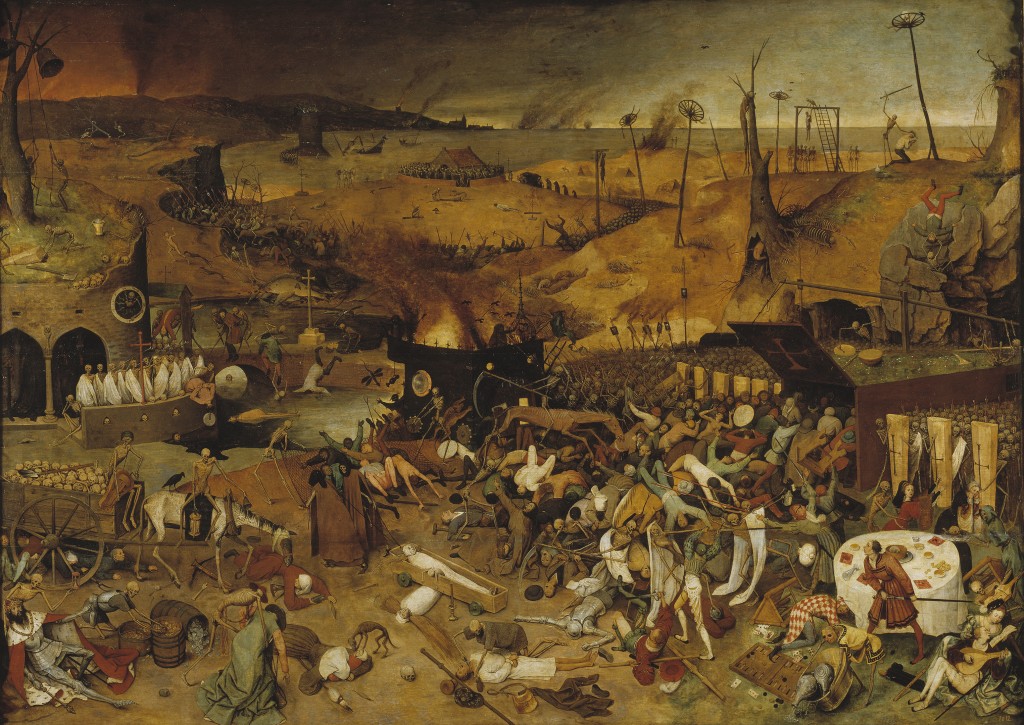
The medieval epidemic of bubonic plague, known as the Black Death, wiped out 40 to 60 percent of the population in Europe, Africa and Asia. Now a Rutgers University researcher says that the rapid and lethal spread of plague in the 14th century gives us clues to the current escalation of the Ebola outbreak. And yes, climate change might play a significant part.
Nukhet Varlik, an assistant professor of history, examined evidence of the Black Death’s spread and saw similarities in our relationship to nature in the Middle Ages and today, suggesting that Ebola may be helped along by socioeconomic and climate factors.
“For example, we are learning now that the earth’s climate apparently changed prior to the Black Death,” says Varlik. “In that case it was a period of global cooling. It is possible that rainfall then increased and made vegetation more available, which in turn added to the rodent population, and rodents spread plague. Evidence is increasing that each time before a large pandemic, something has happened in the environment.”
Varlik looked at historical accounts of the plague in the Ottoman region, where she found the disease’s spread just as rampant as it was in Europe. She also examined genetic and physical evidence, only recently available through DNA forensics. She concluded that humans’ close proximity to rodents was a primary factor in outbreaks of plague in the Middle Ages as well as infectious diseases like HIV/AIDS, Ebola and flu in modern times.
The other main factor is a shift in average climate. According to Varlik,
“even a fluctuation in average temperature by one degree can cause some species to flee a region while others remain, changing ecosystems and potentially spreading disease in unpredictable ways. Other man-made changes such as destruction of rain forests may also tip an unknown balance, she says, putting humans and pathogens into close proximity as our ancestors and plague-carrying rodents once were.”
For more on the connections between the Black Death, climate change and today, check out my conversation with William Rosen, author of The Third Horseman: Climate Change and the Great Famine of the 14th Century, for the World Science Festival.